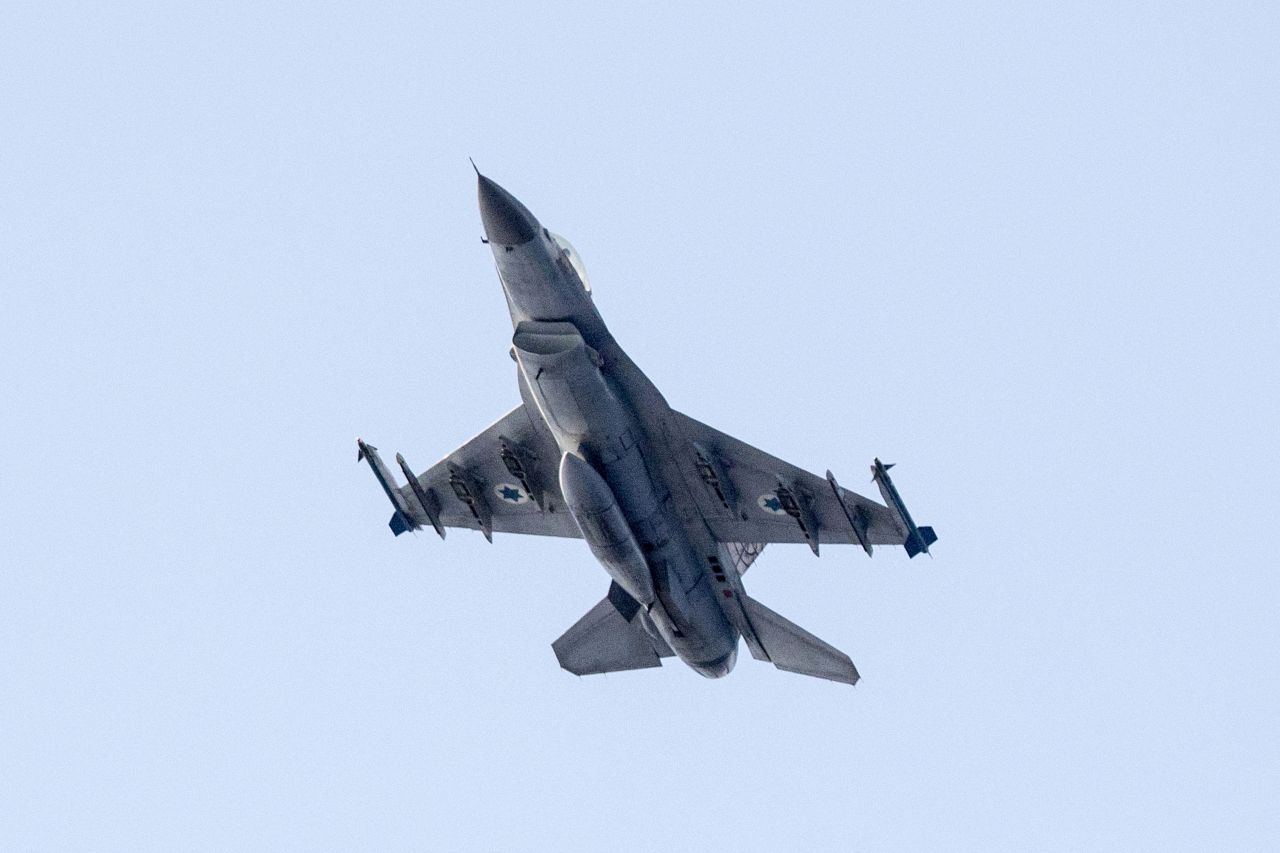The realm of military aviation is undergoing a seismic shift, as demonstrated by the recent collaboration between the U.S. Air Force and Lockheed Martin’s Skunk Works. Their successful display of an autonomous F-16 fighter jet marks significant progress towards developing an Unmanned Combat Air Vehicle (UCAV) capable of executing autonomous air-to-ground strike missions. This innovative leap raises compelling questions about the future of warfare and the ethical implications surrounding the deployment of AI-powered systems.
The Future of Autonomous Combat: Demonstration Highlights
In a groundbreaking demonstration, the autonomous F-16 exhibited its ability to plan and execute missions independently. Utilizing mission data from the planning team, the aircraft seamlessly adjusted to various challenges during its operations, including:
- Capability failures
- Route deviations
- Loss of communication
This flexibility showcases the technological advancements that could pave the way for a fully operational UCAV with a fully automated mission planner, enabling it to act swiftly in dynamic combat environments.
Manned-Unmanned Integration: A Tactical Evolution
One of the notable concepts being explored through this initiative is the “manned-unmanned teaming.” This idea envisions a human pilot controlling an advanced fighter jet, such as the F-35, while overseeing a fleet of autonomous combat vehicles. This structure allows human operators to concentrate on broader strategic decisions while delegating tactical operations to autonomous drones. This synergy could revolutionize how conflicts are managed, creating a more efficient battlefield dynamic.
The Ethical Roadblock: Balancing Innovation and Responsibility
As exciting as these technological advancements may be, they come wrapped in a layered ethical debate. The potential deployment of autonomous weapons has ignited discussions around civilian safety and accountability. Critics warn that reliance on AI in warfare could lead to unintended civilian casualties, thus complicating matters of responsibility. Conversely, advocates argue that these systems could reduce overall casualties by minimizing human error in high-pressure situations.
The Global Perspective: Regulation and the Path Ahead
International bodies, including the UN, are actively considering regulations concerning the use of AI in military applications. The responsible deployment of such technologies will likely involve a multidimensional approach, balancing innovation with humanity’s ethical considerations. As nations explore the implications of autonomous warfare, the dialogue surrounding regulation will inevitably shape the trajectory of these cutting-edge technologies.
Conclusion: Embracing the Future with Caution
The advancements demonstrated by the autonomous F-16 signify a pivotal moment in military aviation. While the development of autonomous combat systems holds extraordinary potential to reshape tactical operations, it also mandates careful consideration of the moral implications involved. At **[fxis.ai](https://fxis.ai)**, we believe that such advancements are crucial for the future of AI, as they enable more comprehensive and effective solutions. Our team is continually exploring new methodologies to push the envelope in artificial intelligence, ensuring that our clients benefit from the latest technological innovations.
For more insights, updates, or to collaborate on AI development projects, stay connected with **[fxis.ai](https://fxis.ai)**.

